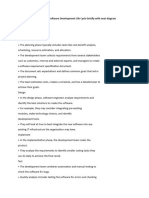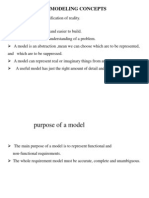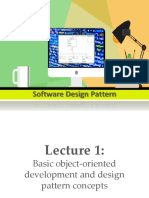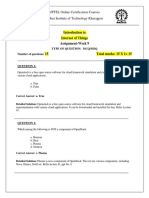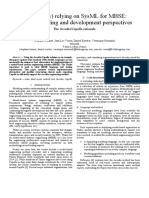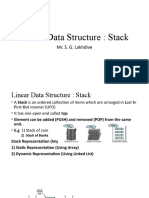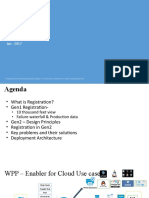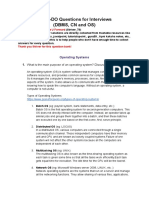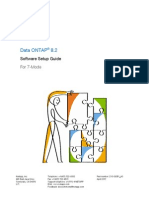0% found this document useful (0 votes)
22 views23 pagesDesign Process Concepts Models
The document outlines the software design process, emphasizing its importance in the software development lifecycle (SDLC) for transforming requirements into structured solutions. It details key stages such as understanding requirements, high-level and low-level design, prototyping, documentation, and validation, along with essential design concepts like abstraction, modularity, and design patterns. Additionally, it covers various design models, including structural and behavioral models, and provides insights into activity diagrams for visualizing system workflows.
Uploaded by
vqc288x06rCopyright
© © All Rights Reserved
We take content rights seriously. If you suspect this is your content, claim it here.
Available Formats
Download as PPTX, PDF, TXT or read online on Scribd
0% found this document useful (0 votes)
22 views23 pagesDesign Process Concepts Models
The document outlines the software design process, emphasizing its importance in the software development lifecycle (SDLC) for transforming requirements into structured solutions. It details key stages such as understanding requirements, high-level and low-level design, prototyping, documentation, and validation, along with essential design concepts like abstraction, modularity, and design patterns. Additionally, it covers various design models, including structural and behavioral models, and provides insights into activity diagrams for visualizing system workflows.
Uploaded by
vqc288x06rCopyright
© © All Rights Reserved
We take content rights seriously. If you suspect this is your content, claim it here.
Available Formats
Download as PPTX, PDF, TXT or read online on Scribd
/ 23


